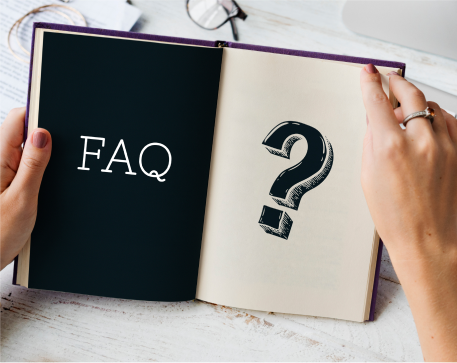Ready to learn?
Take the first step toward achieving your educational goals. Whether you’re preparing for exams or expanding your knowledge, getting started is just a click away. Join us today and unlock your full potential
832, utkarsh bhawan, near mandap restaurant, 9th chopasani road, jodhpur rajasthan - 342003
support@utkarsh.com
+91-9116691119, +91-9829213213
Support
Learning Resources
Rajasthan Govt Exams
Central Govt Exams
Civil Services Exams
Nursing Exams
School Tuitions
Other State Govt Exams
Agriculture Exams
College Entrance Exams
Miscellaneous Exams

© 2025 Utkarsh Classes & Edutech Pvt. Ltd. All Rights Reserved
Home
National Current Affairs
Loan and Grant
India helps Nepal in Thalassemia & Sickle Cell Disease Management

Utkarsh Classes
Updated: 26 Apr 2025
2 Min Read

In a significant gesture, the government of India has sent $ 2 million of medical aid to Nepal. The medical aid includes vaccines and medicines for the management of patients with Thalassemia and Sickle Cell Disease.
The first consignment of the medical aid, consisting of Influenzae Vaccine, Salmonella Vaccine, Meningococcal Vaccine, Haemophilus Influenza Vaccine, and Streptococcus Pneumonia Vaccine, was handed over by the Indian ambassador to Nepal, Naveen Srivastava, to Nepali Minister of Health and Population Pradip Paudel in Kathmandu, Nepal.
Sickle cell disease and thalassemia are genetic disorders. It is caused by errors in the genes for haemoglobin.
The haemoglobin is composed of a protein ("globin") and an iron molecule ("heme").
The haemoglobin carries oxygen within the red blood cell. It carries the oxygen from the lungs to the tissues and organs of different parts of the body. Due to the presence of iron, it gives red colour to the human blood.
The Thalassemia patient has an abnormal haemoglobin structure. The body's immune system identifies it as a foreign body and destroys the red blood cells.
This results in a severe case of anaemia in which the haemoglobin level of the patient becomes low. The patient suffers from fatigue and pain.
The patients are given regular blood transfusions to compensate for the loss of red blood cells. However, there is no cure for the disease.
Sickle Cell disease is caused by abnormal haemoglobin, referred to as haemoglobin S. It is called Sickle Cell disease due to the sickle-like structure of the red blood cells of the patient.
This sickle-shaped cell sometimes fails to pass through the blood vessel, resulting in a blockage of the blood vessel.
Due to the blockage, many parts of the body tissue are unable to receive sufficient amounts of oxygen, causing complications in the body.
There is no cure for either Sickle Cell disease or Thalassemia.
World Sickle Cell Day - It is observed on 19th June across the world. The theme of World Sickle Cell Day 2025 has not been announced yet.
International Thalassemia Day - It is observed on 8 May every year.
The theme for International Thalassemia Day 2025 is' Together for Thalassaemia: Uniting Communities, Prioritising Patients.
Top Posts
Frequently asked questions

Still have questions?
Can't find the answer you're looking for? Please contact our friendly team.
Visit an Offline Centre Near to You.

Winter Selection Offer is LIVE Now!
Sabhi Online Courses par Up to 90% OFF + ?500 Cashback + 25% Extra Validity New Users & Extension par Extra Savings